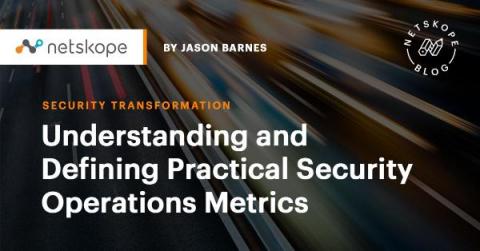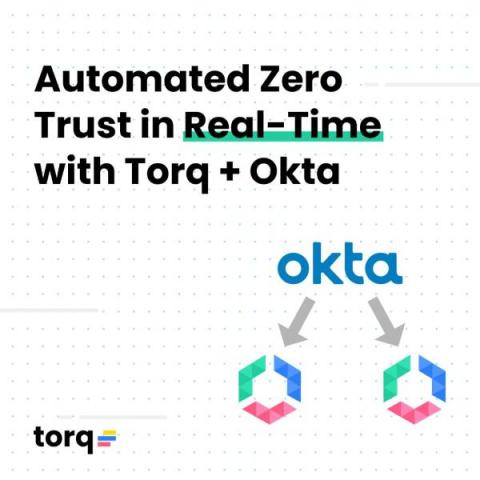Security | Threat Detection | Cyberattacks | DevSecOps | Compliance
SecOps
What is SecOps?
SecOps is a short form for Security Operations, a methodology that aims to automate crucial security tasks, with the goal of developing more secure applications. The purpose of SecOps is to minimize security risks during the development process and daily activities. Under a joint SecOps strategy, the security and operations teams work together to maintain a safe environment by identifying and resolving vulnerabilities and resolving any security issues.
Firewall Inferno - Sophos & SonicWall Vulnerabilities
Introducing 'The Future of Security Operations,' our brand new podcast series
Today we’re excited to announce our new podcast – 'The Future of Security Operations.' Our first episode is with MongoDB’s CISO Lena Smart, and every other week from now on, we’ll have a new episode with another expert. I wanted to take a few minutes to explain why we’re launching this podcast and what you can expect to gain from listening.
Spear Phishing: Everything You Need to Know
SOC Automation: 3 Use Cases to Reduce Analyst Burnout
As revealed in the 2021 Devo SOC Performance ReportTM — which is based on the results of a survey of more than 1,000 security practitioners — organizations are frustrated with their SOC’s lack of effectiveness in performing its vital work. To combat the concerns the survey identified, it’s important for SOCs to refine how they operate.
Understanding and Defining Practical Security Operations Metrics
In the business of security, linking performance metrics to strategy has become an accepted best practice. If strategy is the blueprint for building a security operations center (SOC), metrics are the raw materials. But there is a catch: a security organization can easily lose sight of its strategy and instead focus strictly on the metrics that are meant to represent it.
How Managed Risk Best Addresses the Three Pillars of Cybersecurity
Automated Zero Trust: The Only Thing to Put Your Trust in
There’s no question that centralized identity and access management (IAM) helps companies reduce risk and prevent attacks. But, as this week’s Okta attack shows, centralized IAM doesn’t eliminate all risks. Attackers with access to IAM data can use this information to easily access downstream systems or modify permissions to grant elevated access to malicious parties.











